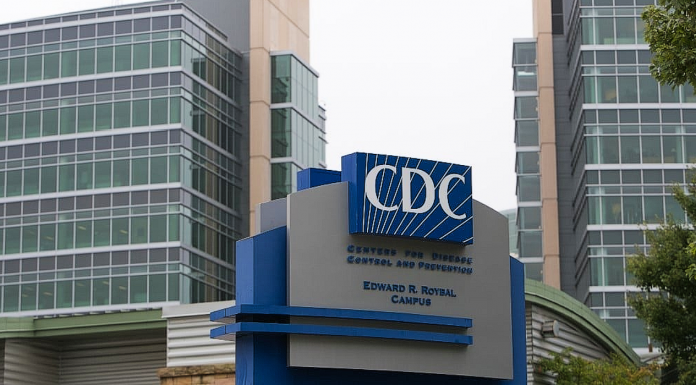(Joshua Paladino, Headline USA) The Centers for Disease Control and Prevention acted as a federal spy agency during the COVID-19 lockdowns by paying cell phone companies for GPS data to monitor compliance with stay-at-home orders.
The CDC paid SafeGraph, a GPS data company, $420,000 for data from tens of millions of phones, with which the public health agency could track curfew compliance and school visitation patterns, Just the News reported.
From the data, the CDC could also determine where people live, work, eat, attend church, and see family and friends.
Vice’s Motherboard obtained documents from the CDC through a Freedom of Information Act request, which found that the agency planned to monitor “the correlation of mobility patterns data and rise in COVID-19 cases.”
Even before the COVID-19 lockdowns, the CDC had planned to buy GPS data, but the appearance of a crisis allowed the agency to streamline the process.
The CDC said that SafeGraph’s GPS data “has been critical for ongoing response efforts, such as hourly monitoring of activity in curfew zones or detailed counts of visits to participating pharmacies for vaccine monitoring.”
The CDC published its findings about “stay-at-home orders and changes in population movement.”
“Mandatory stay-at-home orders were associated with reduced population movement in most counties during the early months of the COVID-19 pandemic, and the relaxation of those orders was associated with increased movement,” the study concluded.
The CDC admitted that lockdowns “substantially” disrupted “daily life” and “resulted in adverse economic impact.”
Cybersecurity researcher Zach Edwards said that the CDC’s location-tracking program does not have limits.
“The CDC seems to have purposefully created an open-ended list of use cases, which included monitoring curfews, neighbor-to-neighbor visits, visits to churches, schools and pharmacies, and also a variety of analysis with this data specifically focused on ‘violence,'” he said.

